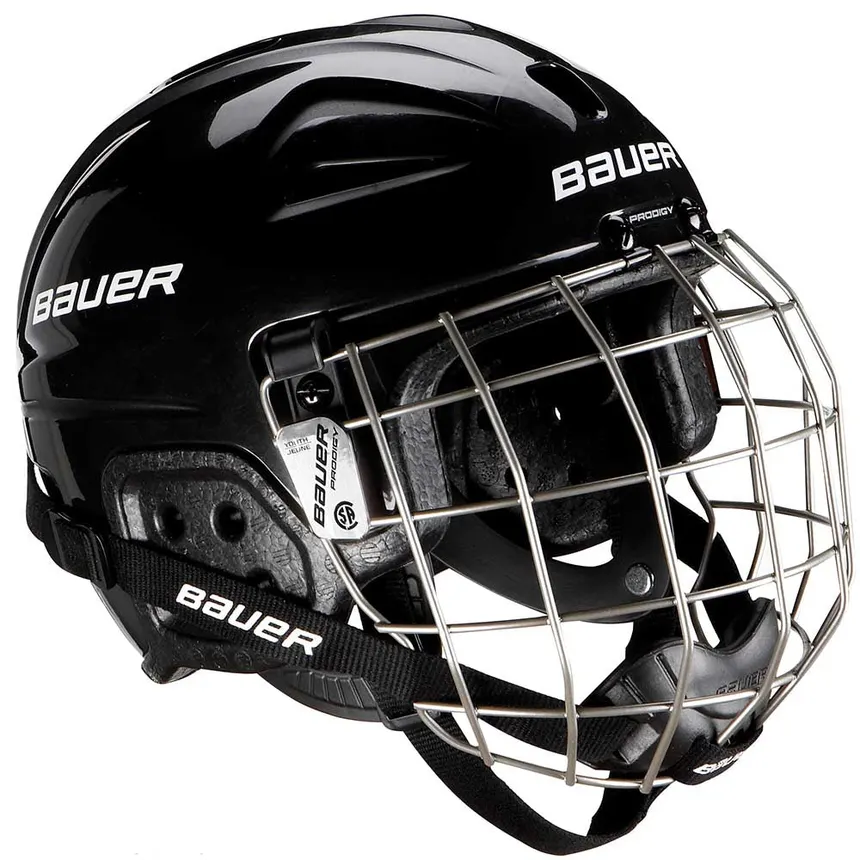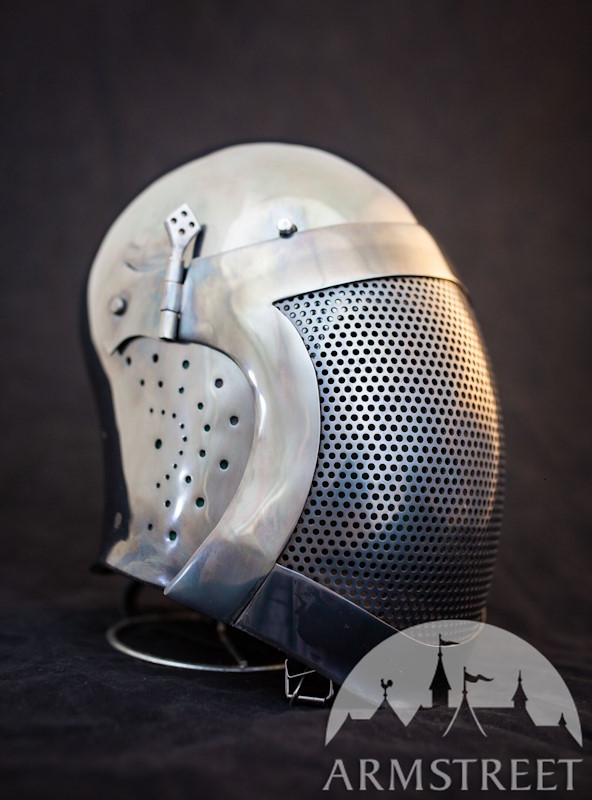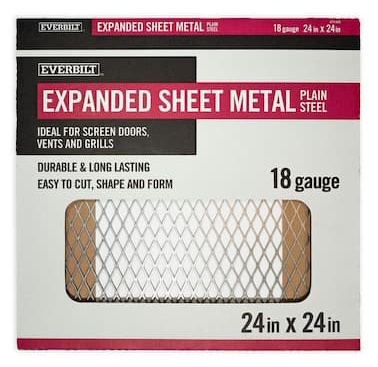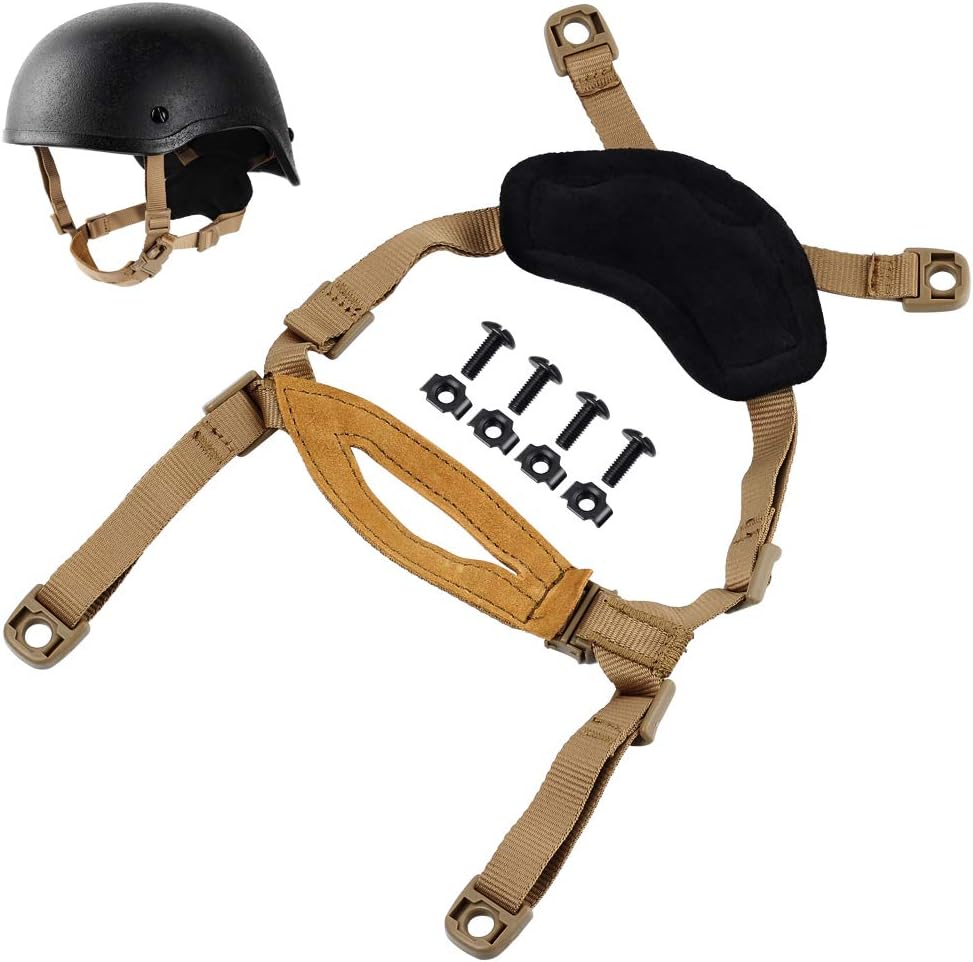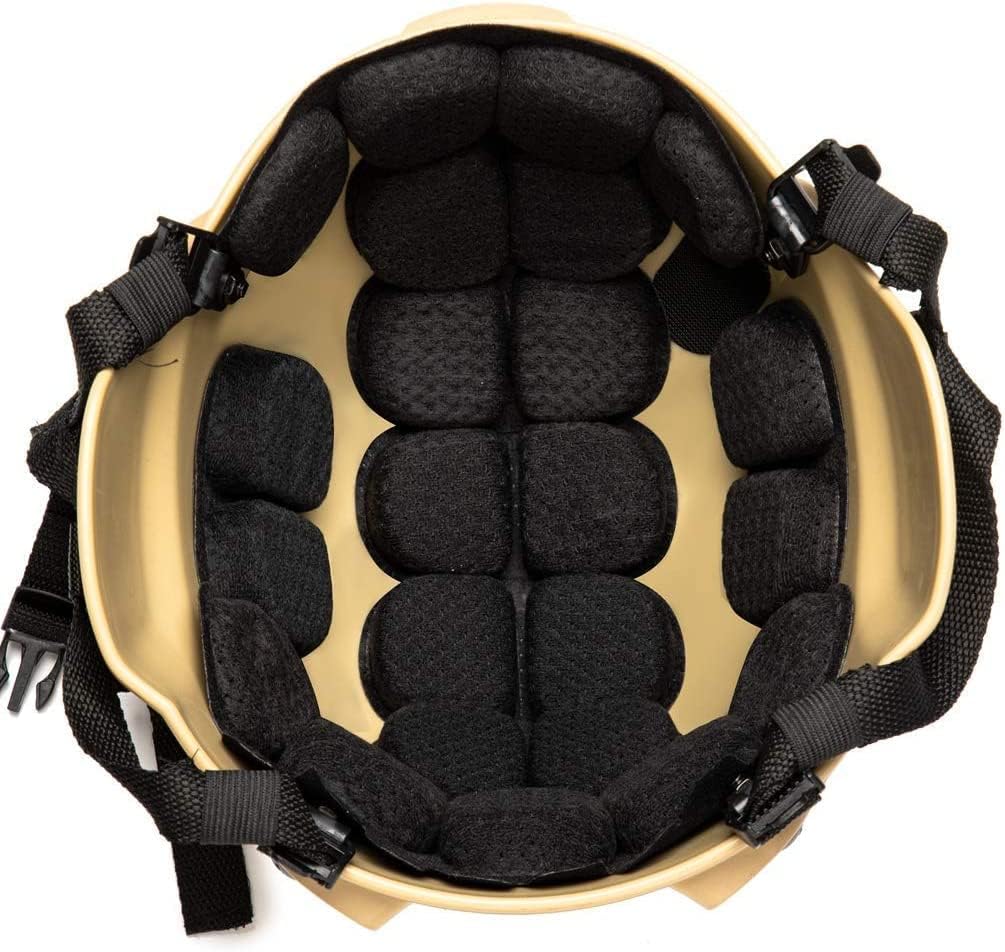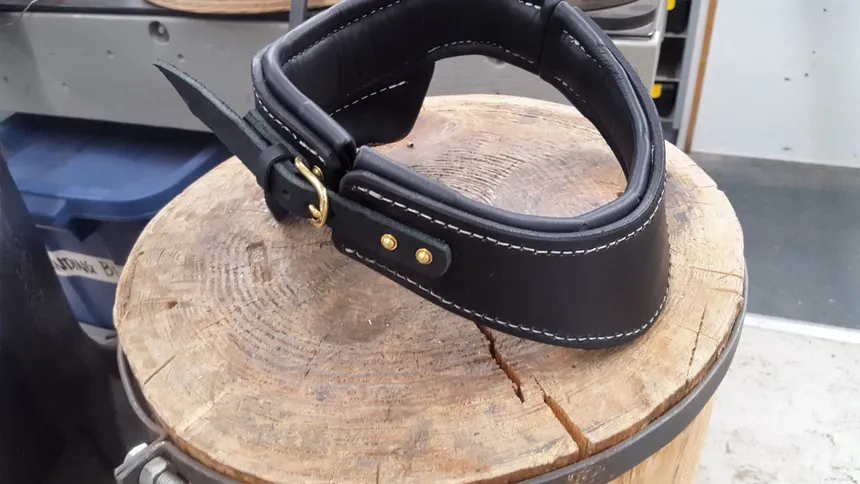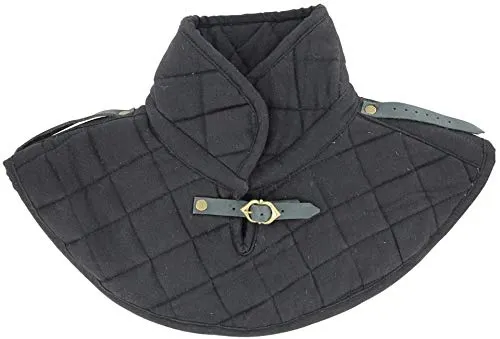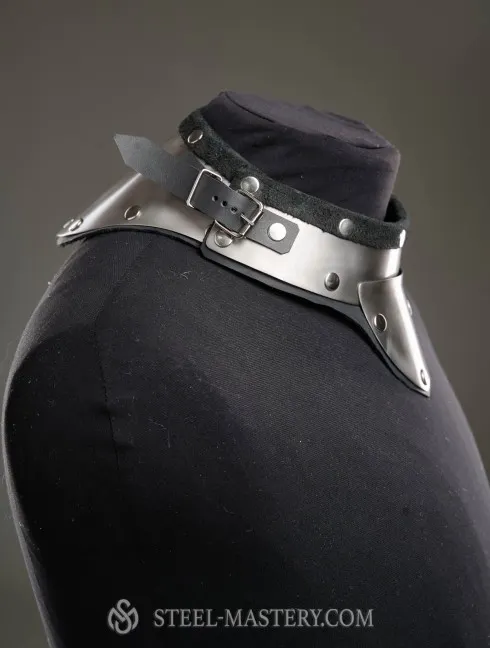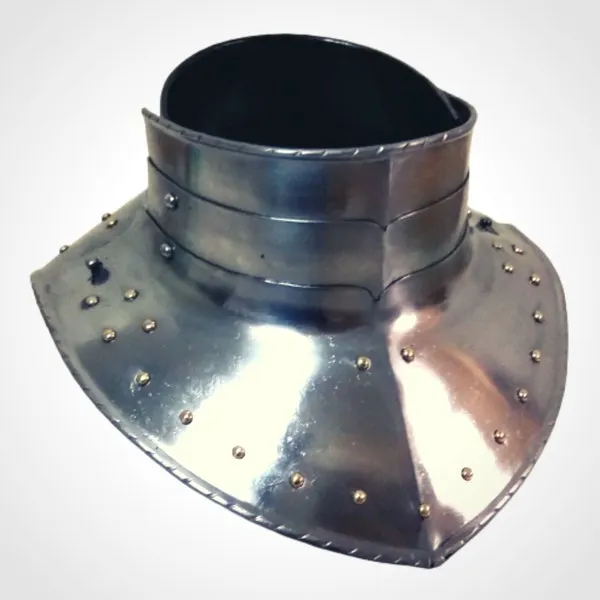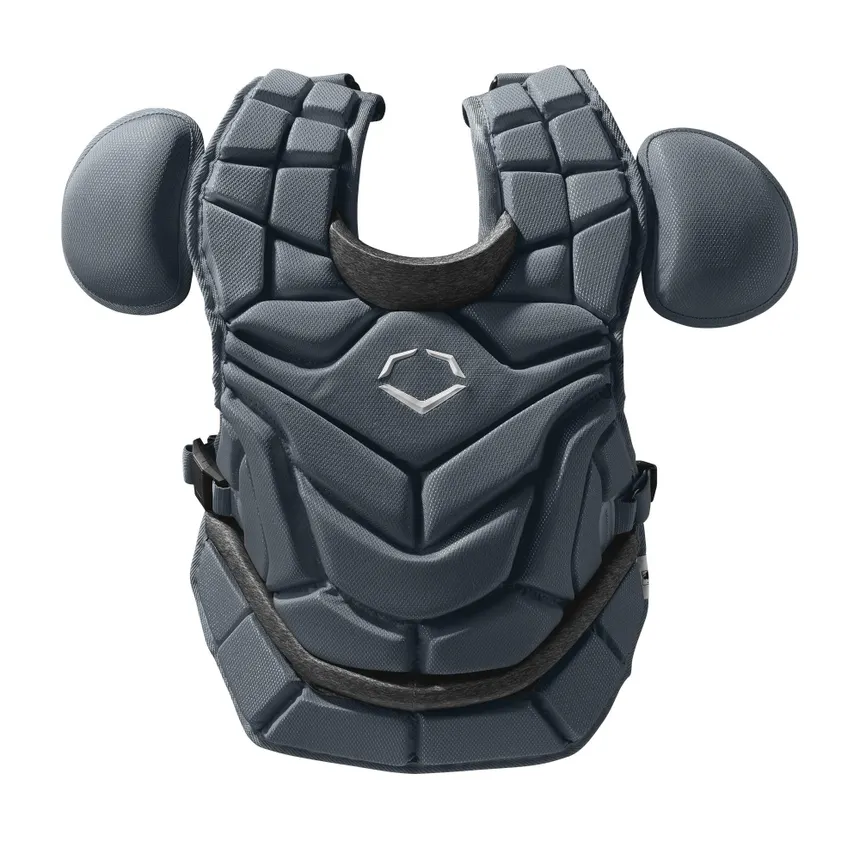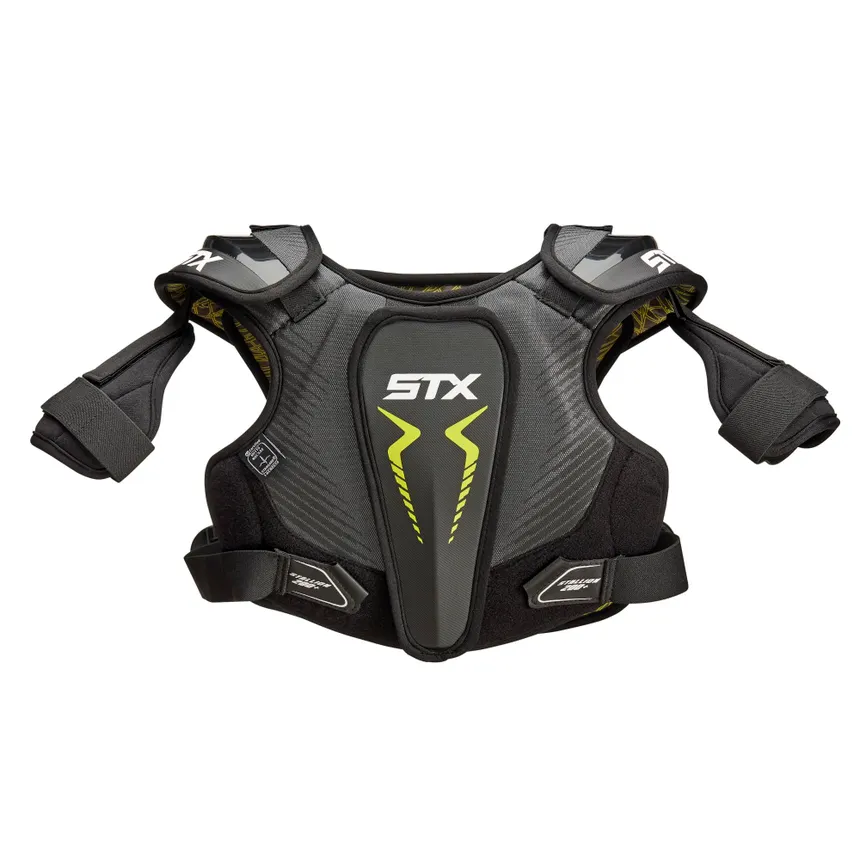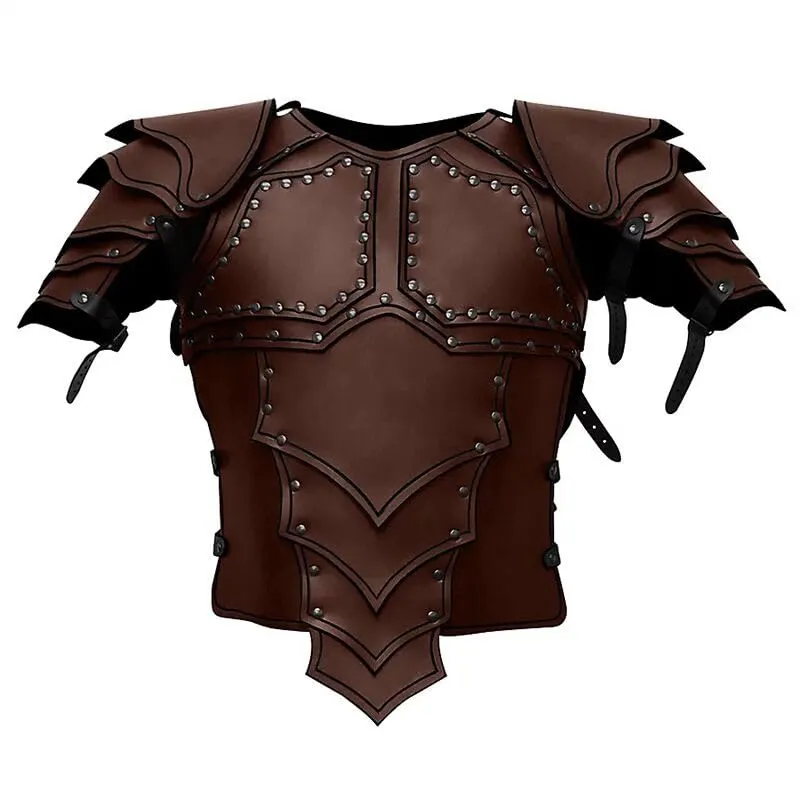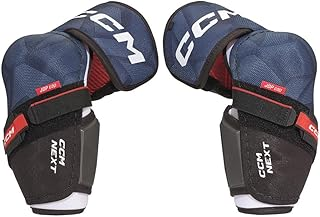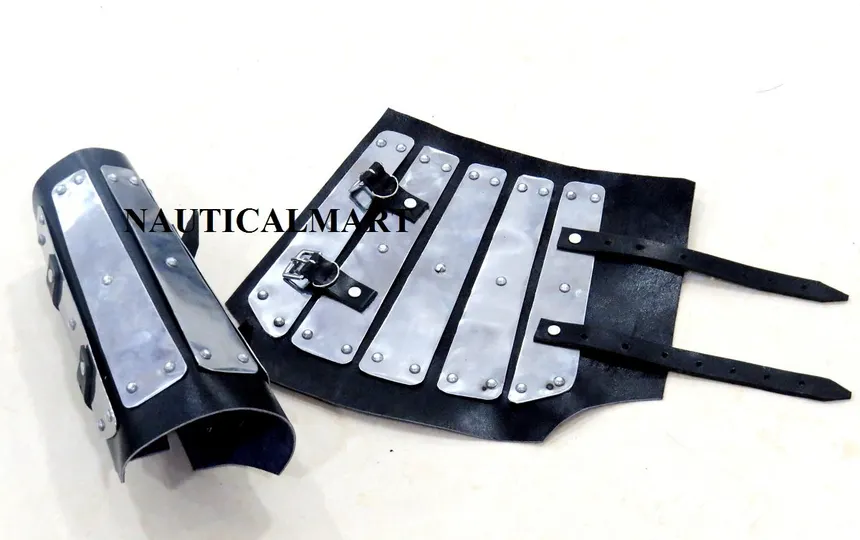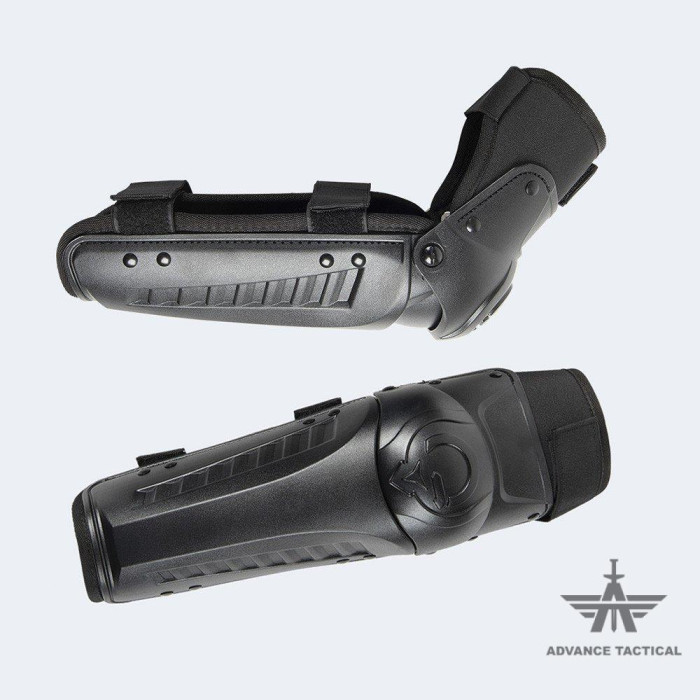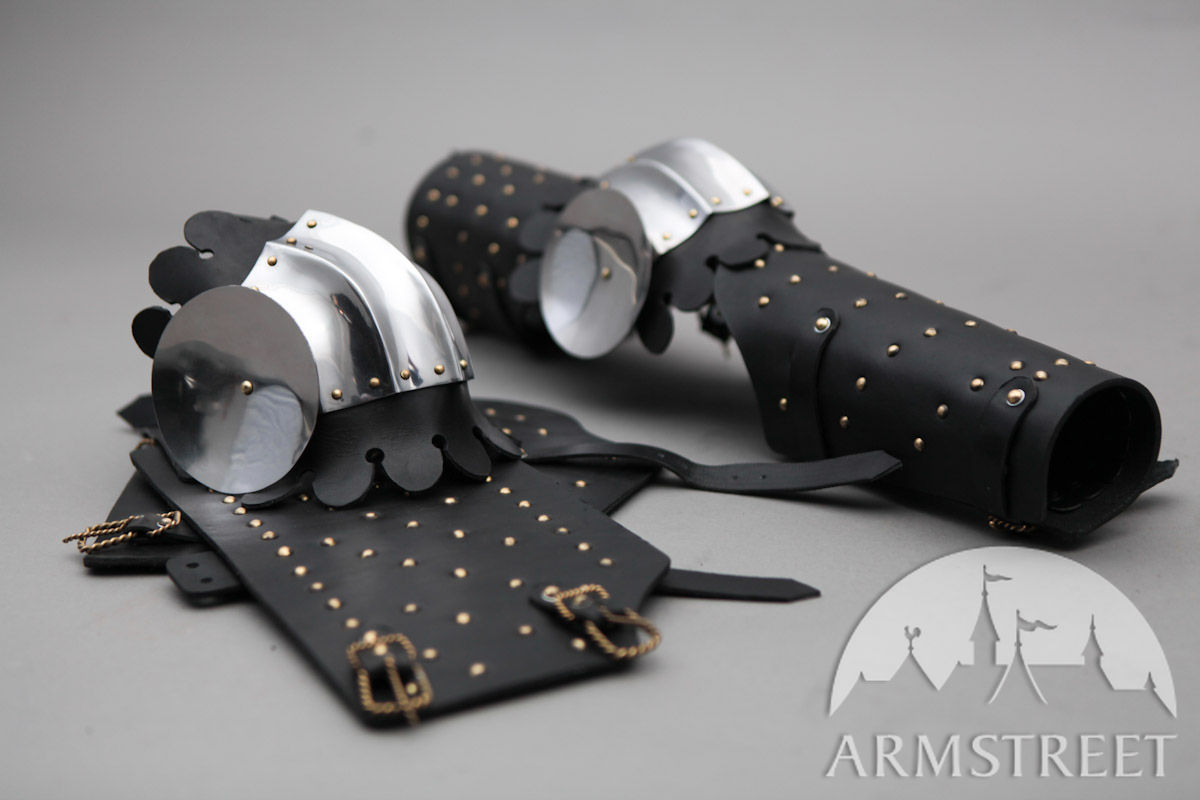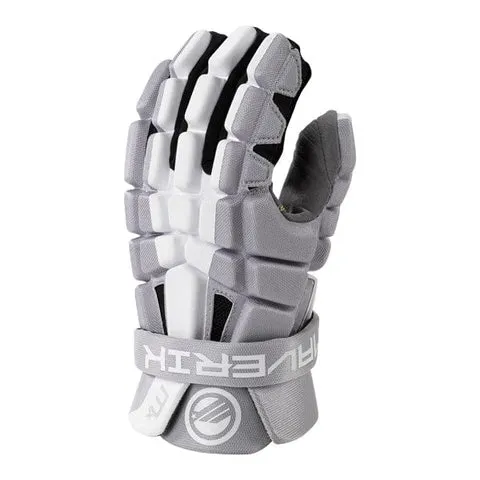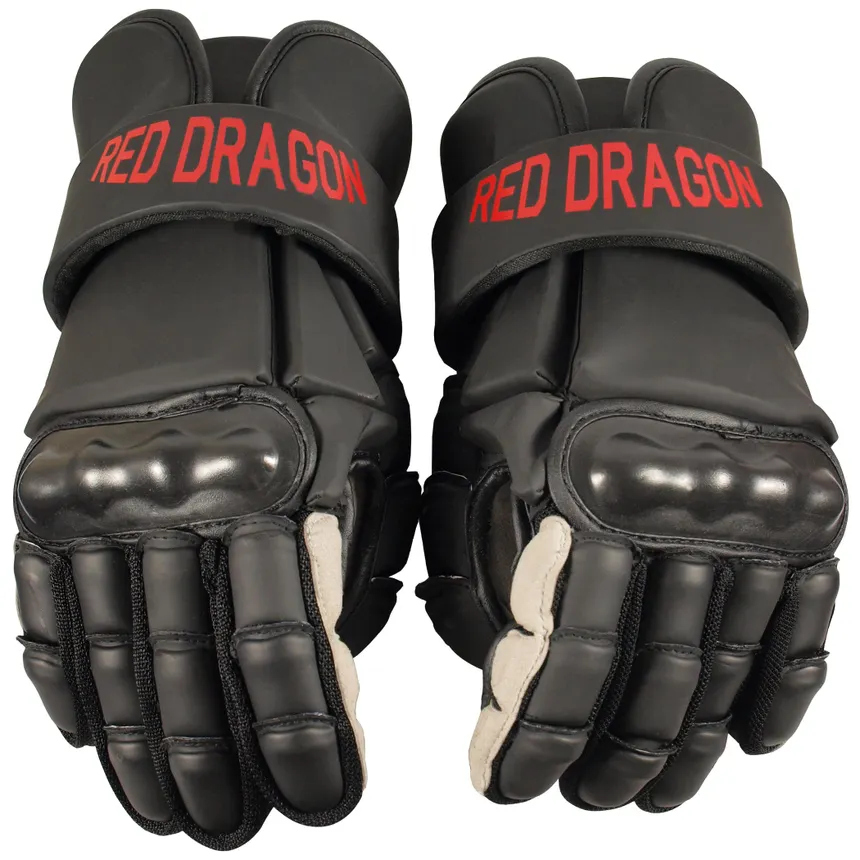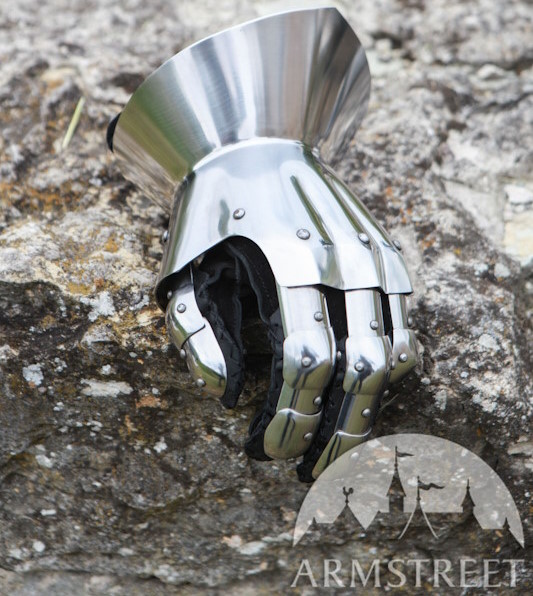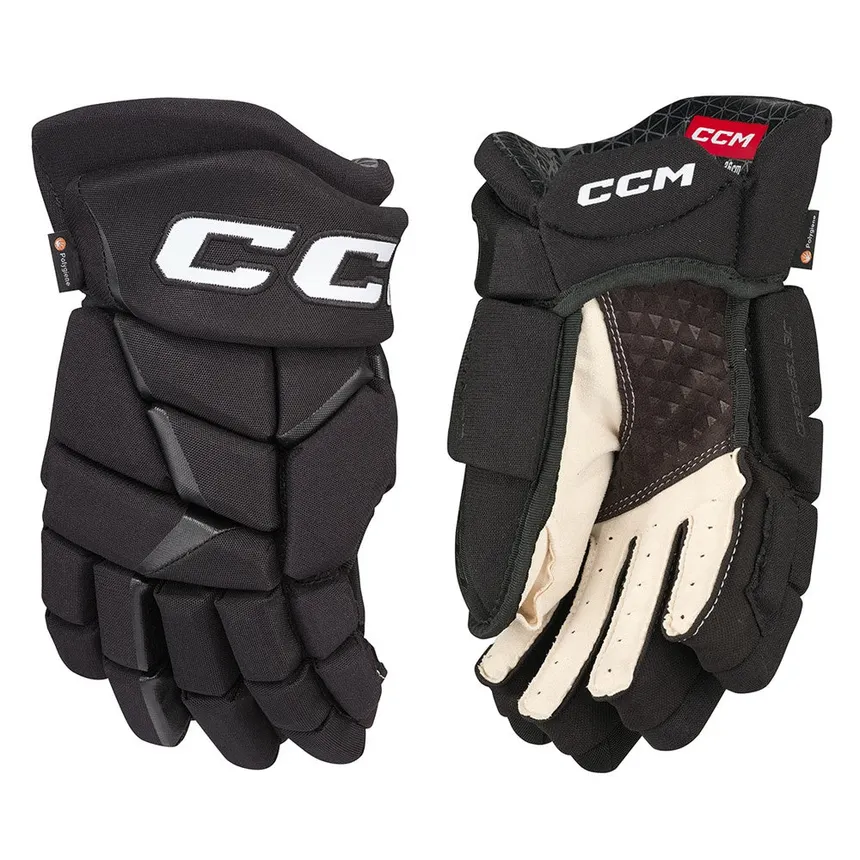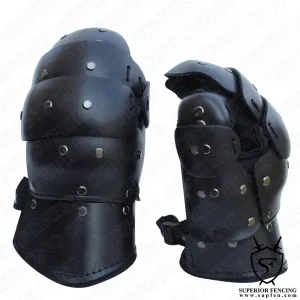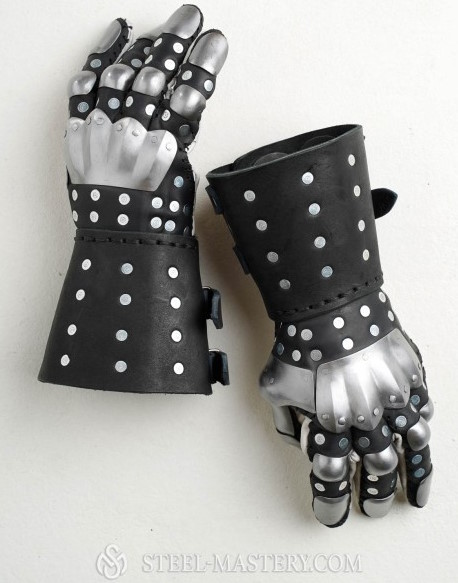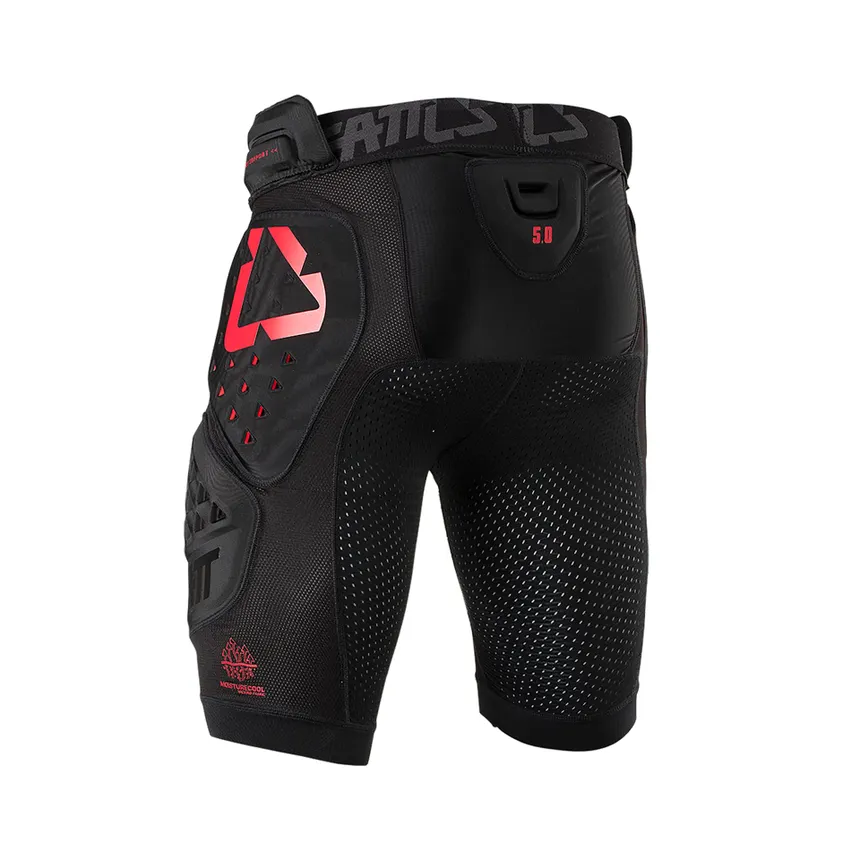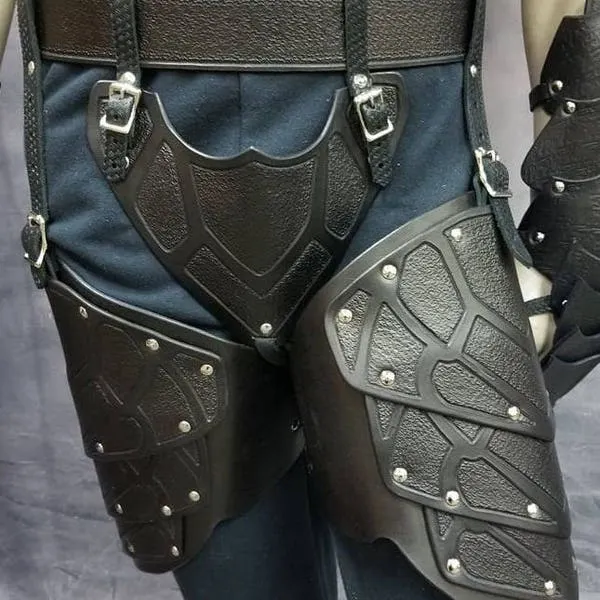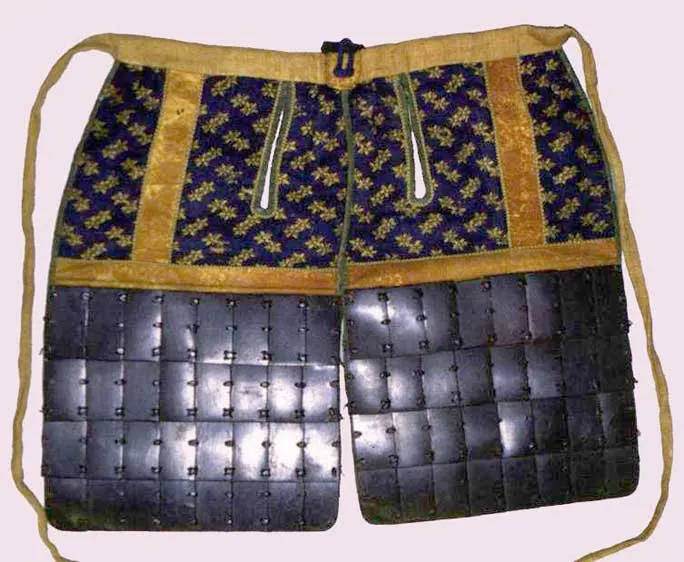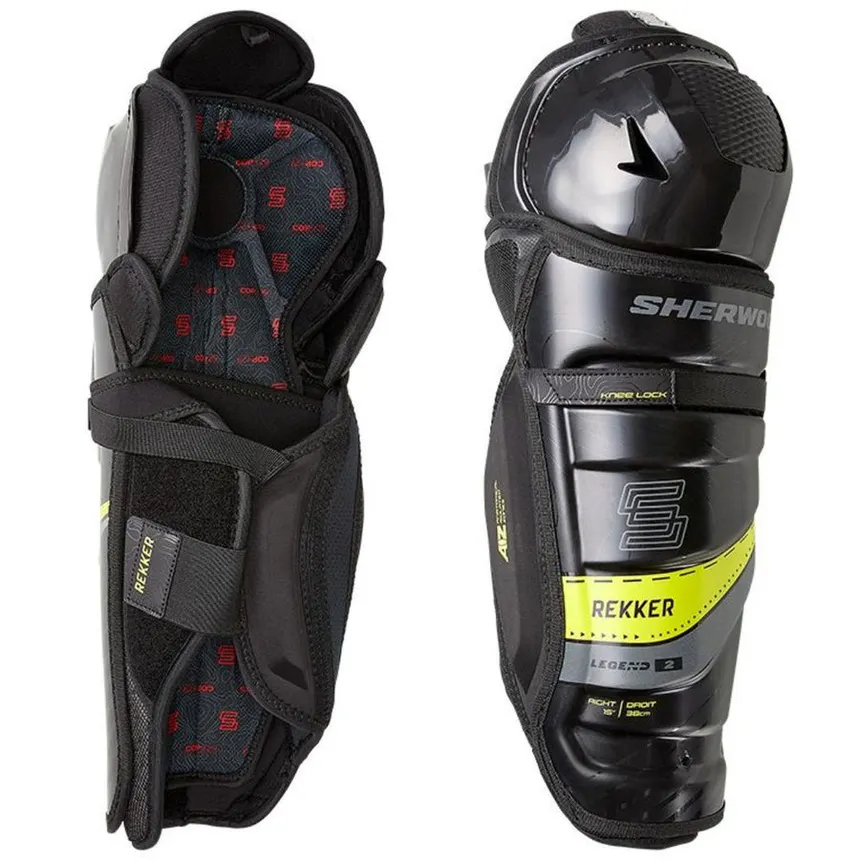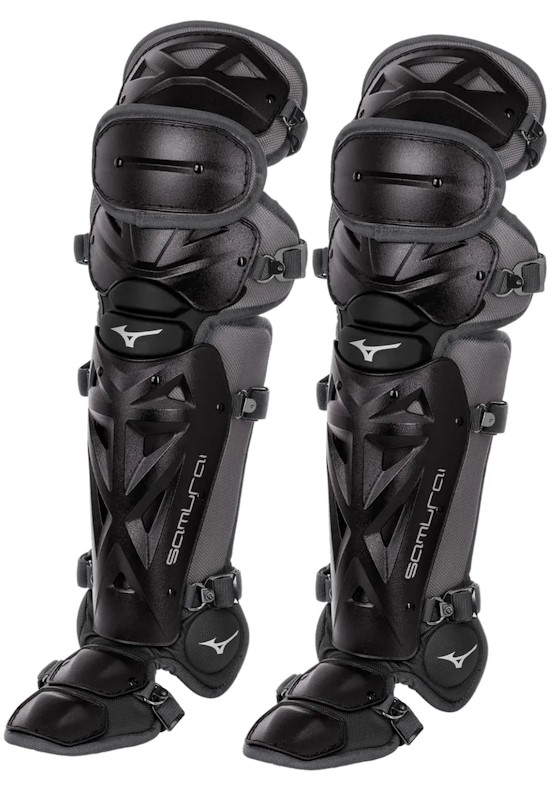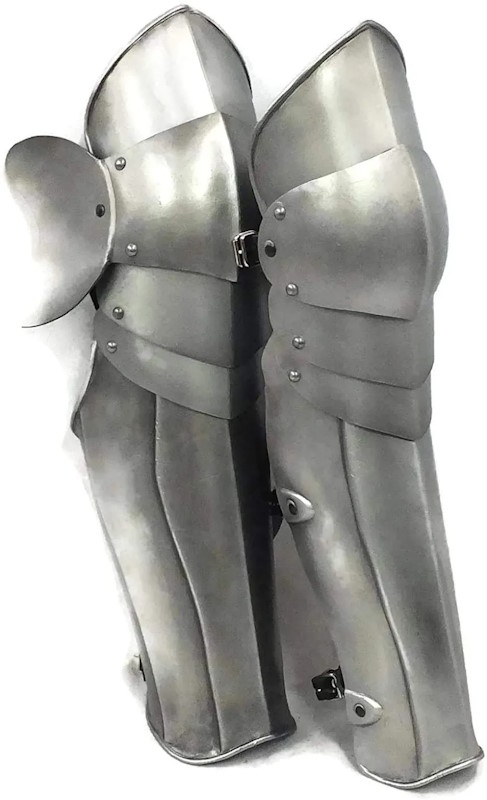Protective Gear:
As a school of modern sword combat, the Western Circle of Swordfighters does not require historically accurate armor. Protective gear is selected based on the ability to protect against injury while allowing sufficient mobility to perform techniques.
Caveat: If you plan to cross-train, make sure to take into consideration what other organizations might require.
Most students start with common modern sports gear and then upgrade to items that are more sword combat specific. Although adult sizes are unfortunately rare, if you visit several of your local thrift stores semi-regularly, there is a reasonable chance of obtaining some really cheap gear. You can also check the 2nd-hand sport gear stores, though again adult sizes are typically few and their prices, though not full new price, are not as cheap as thrift stores. Or you can just buy new, getting exactly what you want in great condition with a return policy in case it doesn't fit.
Hopefully you will find the below information helpful. Check the Links page for several verified armoring sources. If you ever have questions, just ask your Kaiden. Often they can assist by reviewing a product you link to them, ensuring it is likely to meet WCOS standards and that it will work for your particular style.
- Helmets / Helms
- Neck
- Chest / Shoulders / Torso / Body
- Arms
- Mitts / Gloves / Gauntlets
- Upper Legs / Thighs
- Knees / Shins
- Feet
- Materials
Helmets / Helms: |
||||||
| A favorite is Lacrosse helmets where the chin cup is separate from the face grill.
Notice how the Lacrosse helmet grill has a nearly flat center spine, making it
easier to attach expanded or perforated steel to close it up. The integrated visor
is also often useful in our typical outdoor settings. Hockey helmets are also good, and although harder to attach expanded steel to, they are more easily safetied by simply adding crossed wire to close the gaps. Eventually, if you stick with it, you'll need a stainless steel helm. You don't need this yet, it is not recommended until you get your White Rope, unless you have a lot of disposable income and/or find an exceptional deal on a quality helm. |
||||||
|
||||||
| As noted, standard 3/4" or 1/2" expanded steel mesh is easily obtained at a hardware
store and relatively easily added to modern helmets to make them safe against
thrusts. Perforated stainless steel sheets are higher quality, only a little more
expensive, and not hard to obtain, but require more skill to work and attach.
(though factor in that additional $40 - $60 for either when weighing your
options) Additionally, one further note on steel helms, a modern 4-point chin harness and repositional tactical helmet impact foam is strongly recommended to ensure a good, safe fit and easier use. |
||||||
|
||||||
Neck: |
||||||
| While neck protection is not strictly necessary at the trainee, green braid, or
even white rope
level, it is certainly a very good thing to have if you can. There are a variety
of gorget and bevor options, the low end being easily made yourself, or cheaper
bases can be bought and then improved upon. Note that a bevor, in particular, while offering better protection from upward glancing blows, only works with specific helmet types because it fits over the chin. A gorget fits more snugly around the neck and works with any helmet, and the better ones include a mantle or bib to avoid gaps and shifting (though if it is broad on the shoulder, it can get in the way of full circle cuts). |
||||||
|
||||||
|
||||||
| Baseball catcher chests and/or, lacrosse shoulders are a go-to. The gear available
now is much better than older gear from 20 - 30+ years ago. A properly fitted cuirass can offer solid protection for one-handers, but they can be too broad in the chest for two-handed posture. Something with a little more mobility like a brigandine or heavy leather torso is typically better all-around for WCOS. In particular, a custom fit leather torso is pretty easy to make, and something your Kaiden can provide guidance and often assistance with. |
||||||
|
||||||
|
||||||
| Hockey arm and elbow protection is pretty good, but can be bulky, so make sure they
work with your choice of mitts. Simple bracers can be made very easily or purchased and potentially improved as needed. They are easily paired with simple modern sport elbow protection. Though generally not recommended for starter gear due to the cost, something to look forward to when/if you have the money would be either some well designed modern HEMA equipment or more medieval styled bracers with integrated elbow cops. |
||||||
|
||||||
|
||||||
| Lacrosse or Hockey gloves are both good, however take particular note of the bulk
and grip. These are a great option when picking up cheap used gear, but be prepared
to still get bruised and crushed fingers, and in worst case, even fractures or
breaks are still possible. If you're buying new, then there are also some really good HEMA inspired options that might offer better protection and are in the same price range as new lacrosse and hockey mitts. If you have the money, metal gauntlets are where you can splurge. Finger and hand injuries are the #1 most common in sparring. Look for keywords like SCA and WMA when determining if a gauntlets is of sufficient quality for WCOS sparring. Talk to your Kaiden if you're considering this, but definitely avoid "scaled" fingers, they are functional but a lot of work to maintain. |
||||||
|
||||||
|
||||||
| Thigh / Upper leg protection is generally a nice-to-have for bokken
sparring, thighs
can usually take hits. That said, modern sport thigh impact shorts are a
great
starting point that are easy to to find, often at a reasonable price. It is also very easy to make an armored skirt, typically called a tare within the WCOS and Kendo, but more accurately termed a kusazuri and/or haidate. These offer great mobility with the trade off being sometimes they shift and are not where you need them. The WCOS typically makes them with ABS plastic slats / splints, or plates. Or you can go with European styled uppers (cuisses) which offer a more wrap-around protection. |
||||||
|
||||||
|
||||||
| Shin protection must include the knee (Lacrosse does not). Hockey
shins generally offer better wrap-around protection, but their straps eventually
wear out (though they're also typically simpler). Baseball catcher shins have better
straps but offer less coverage. Frankly, the modern gear will give you better mobility and plenty of protection, especially if you do some minor additions as-needed, however there are of course more traditional options, called greaves, if you have the money and preference. Again, just make sure it at least covers the full lower leg and knee, and should have an exterior knee joint protection fan or flange. |
||||||
|
||||||
|
||||||
| The WCOS doesn't specifically protect the feet. As an outdoor, all-weather school, it is expected that you already have appropriate boots. Something with a safety toe can save you some occasional bruising, and adding an external toe guard, if your boots don't already have them, will significantly improve their usable life. | ||||||
|
||||||
Finally, a brief note on materials when looking for more sword fighting specific
gear.
|
||||||



